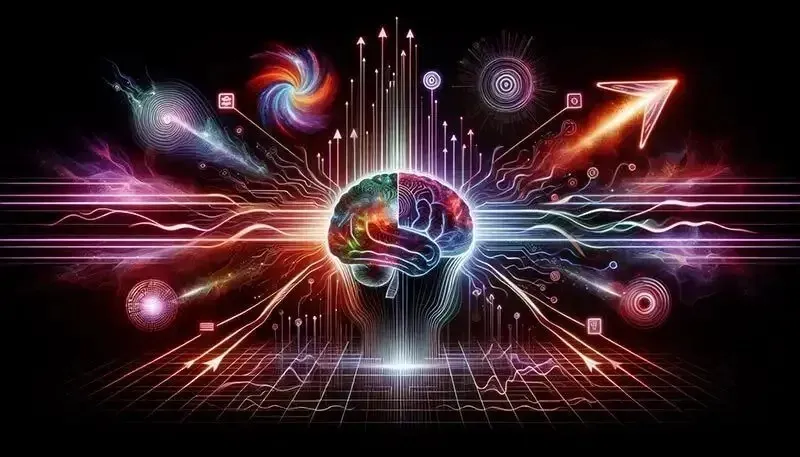The ability to generate stunning visuals from simple text descriptions is no longer a dream—it’s a reality. AI-driven image generators are transforming the creative landscape, making it easier than ever for designers, marketers, and content creators to produce high-quality visuals effortlessly.
In this article, we’ll explore the capabilities of AI image generators, how they work, their benefits, and real-world applications. Whether you’re a professional designer or someone looking to experiment with digital art, this guide will help you understand the impact of this exciting technology.
How AI Image Generators Work
AI image generators use sophisticated machine learning models, including Generative Adversarial Networks (GANs) and diffusion models, to create realistic images from text prompts. These tools analyze massive datasets to understand styles, patterns, and compositions, allowing users to generate unique images tailored to their needs.
One of the most advanced tools in this space is the ai image generator, which simplifies the process of creating professional-quality visuals. By inputting a description like “a futuristic city under a purple sky” or “a watercolor painting of a mountain landscape,” users can instantly generate stunning artwork.
Platforms such as DALL·E, MidJourney, and Stable Diffusion are leading the charge, offering customizable features that allow users to fine-tune their creations with remarkable precision.
Key Benefits of AI Image Generators
1. Speed and Efficiency
Creating professional images traditionally takes time and effort. AI image generators can produce stunning visuals in seconds, streamlining design workflows and accelerating project completion.
2. Cost-Effective Solution
Hiring designers or purchasing stock images can be expensive. AI-generated images provide an affordable alternative, especially for small businesses and independent creators.
3. Expanding Creative Boundaries
From surreal art to lifelike renderings, AI tools enable users to experiment with different artistic styles and push creative limits beyond traditional methods.
4. User-Friendly for Non-Designers
Even without professional design skills, anyone can use AI image generators to create compelling visuals, making them accessible to a wide range of users.
Real-World Applications of AI Image Generation
1. Digital Marketing and Branding
AI-generated images are perfect for marketing campaigns, social media content, and branding materials, allowing businesses to create eye-catching visuals without outsourcing.
2. Web and Graphic Design
Website owners and graphic designers use AI to generate banners, infographics, and interface elements that enhance user engagement and aesthetics.
3. Entertainment and Media
From concept art in film and gaming to digital illustrations for books and comics, AI-generated visuals streamline creative production in the entertainment industry.
4. E-Commerce and Product Design
Online retailers and product designers can generate realistic mockups and promotional images to enhance customer experience and sales.
5. Education and Research
Educators and researchers use AI-generated visuals for presentations, data visualizations, and interactive learning materials, improving knowledge sharing.
Ethical Considerations and Challenges
While AI image generators bring innovation, they also raise ethical concerns. Questions around copyright, artistic authenticity, and the potential for AI replacing human designers continue to be widely debated. To address these issues, AI developers are working on transparency measures, fair-use policies, and crediting original creators.
The Future of AI in Image Generation
As AI technology evolves, we can expect even more advanced features, such as:
- Enhanced Personalization: AI adapting to individual artistic styles.
- Higher Resolution Outputs: Improved image clarity and detail.
- Real-Time Editing: AI-assisted modifications for better creative control.
- Stronger Ethical Standards: Stricter regulations on data usage and content ownership.
Conclusion
AI image generators are revolutionizing creativity, offering unprecedented speed, affordability, and versatility. From digital marketing to entertainment and education, their applications are vast and continuously growing. While ethical challenges remain, ongoing advancements will help ensure a balanced and responsible integration of AI in the creative process.
As this technology continues to evolve, now is the perfect time to explore its possibilities and embrace AI-driven creativity. The future of visual content is unfolding—are you ready to be a part of it?
